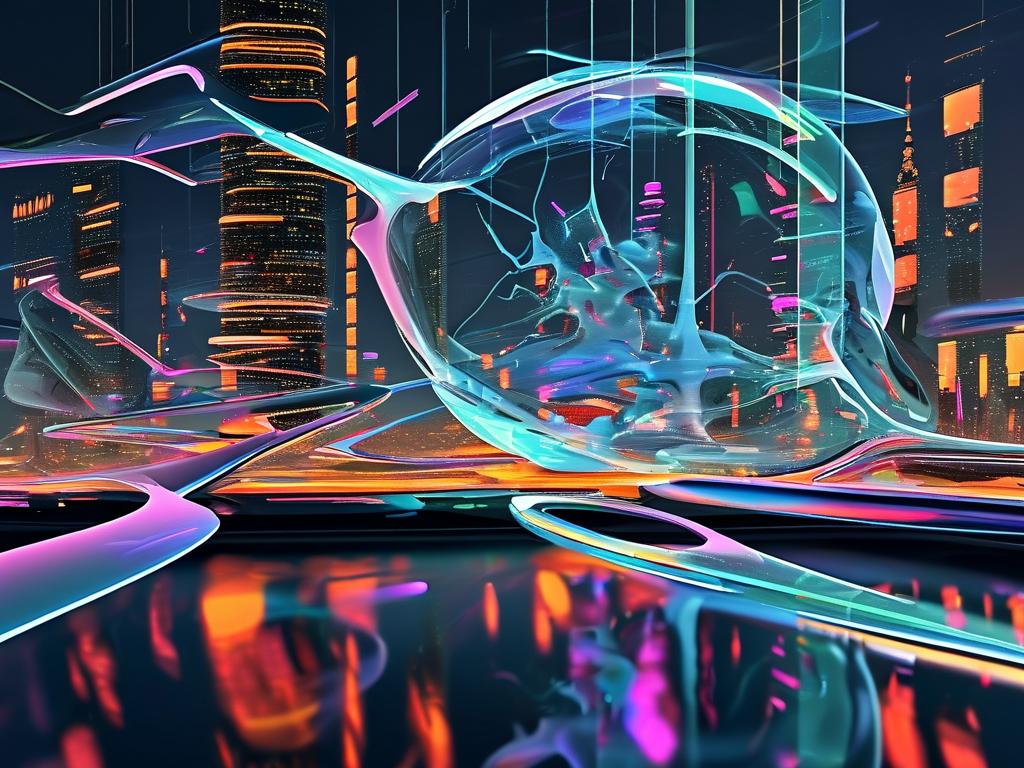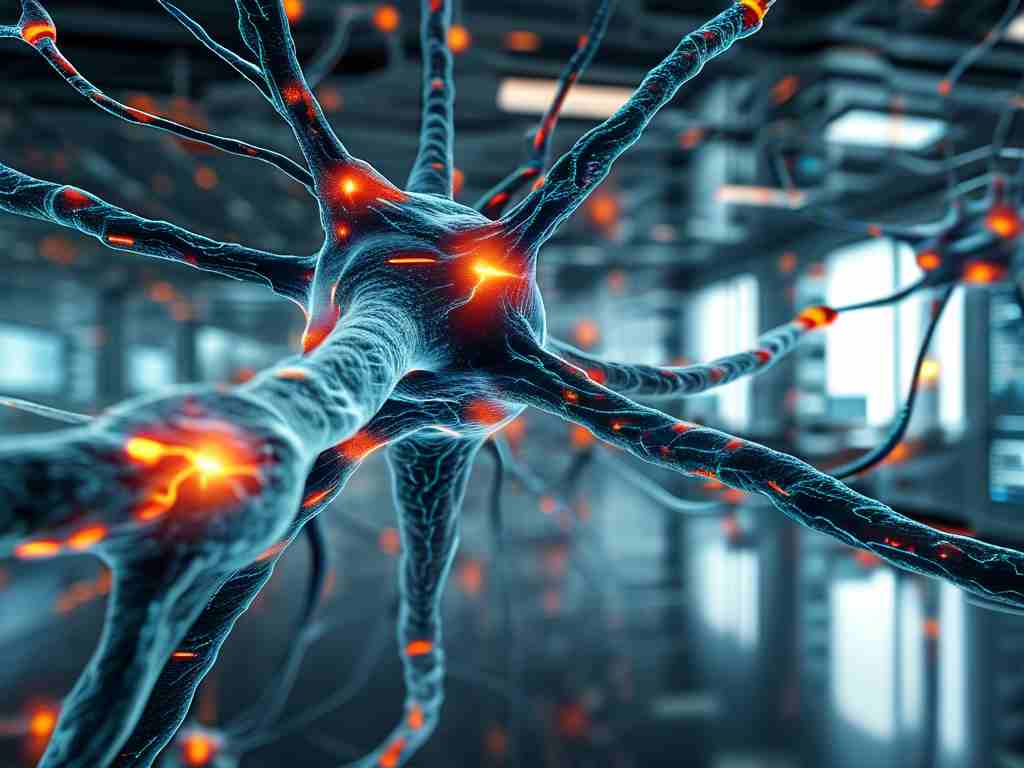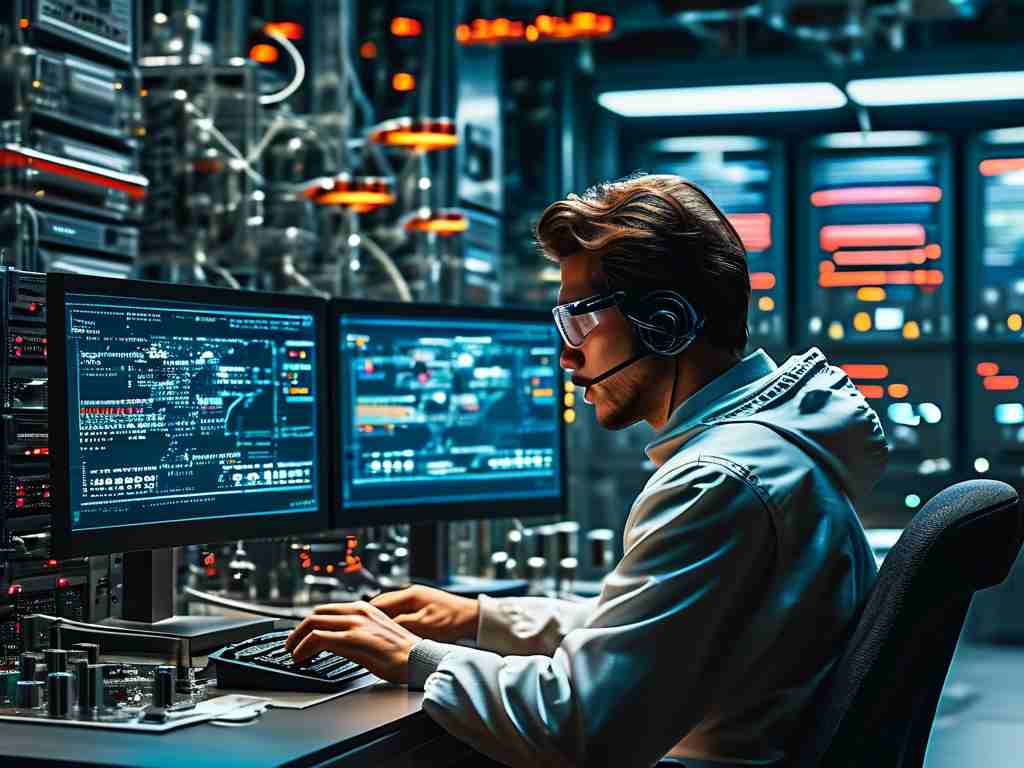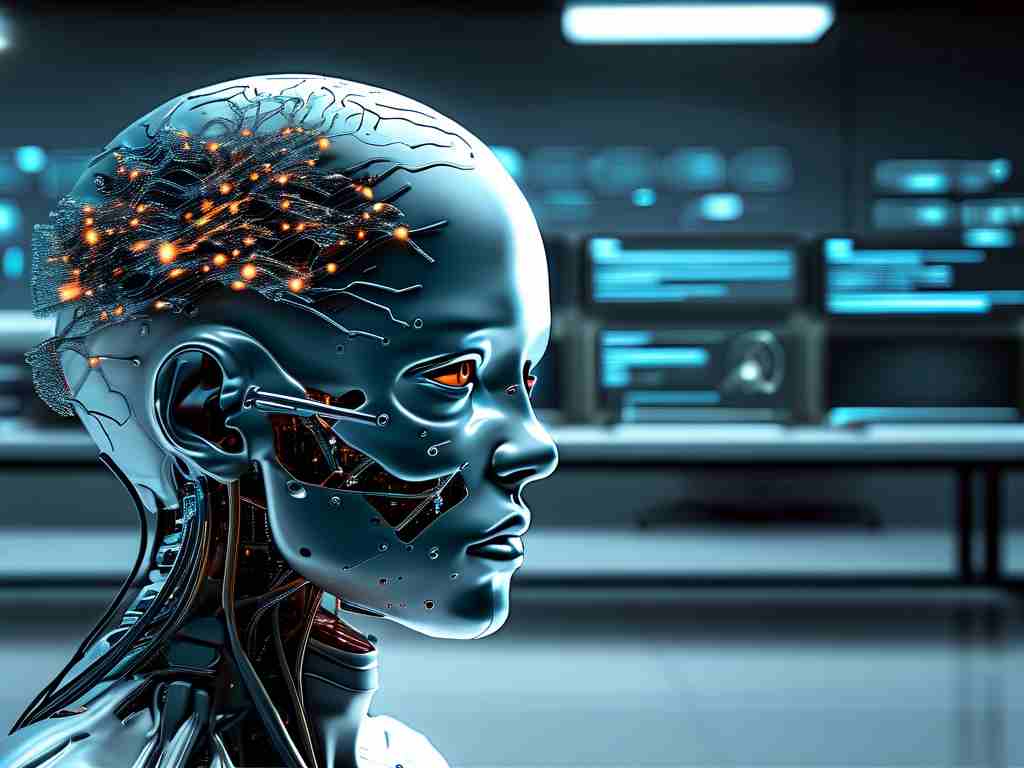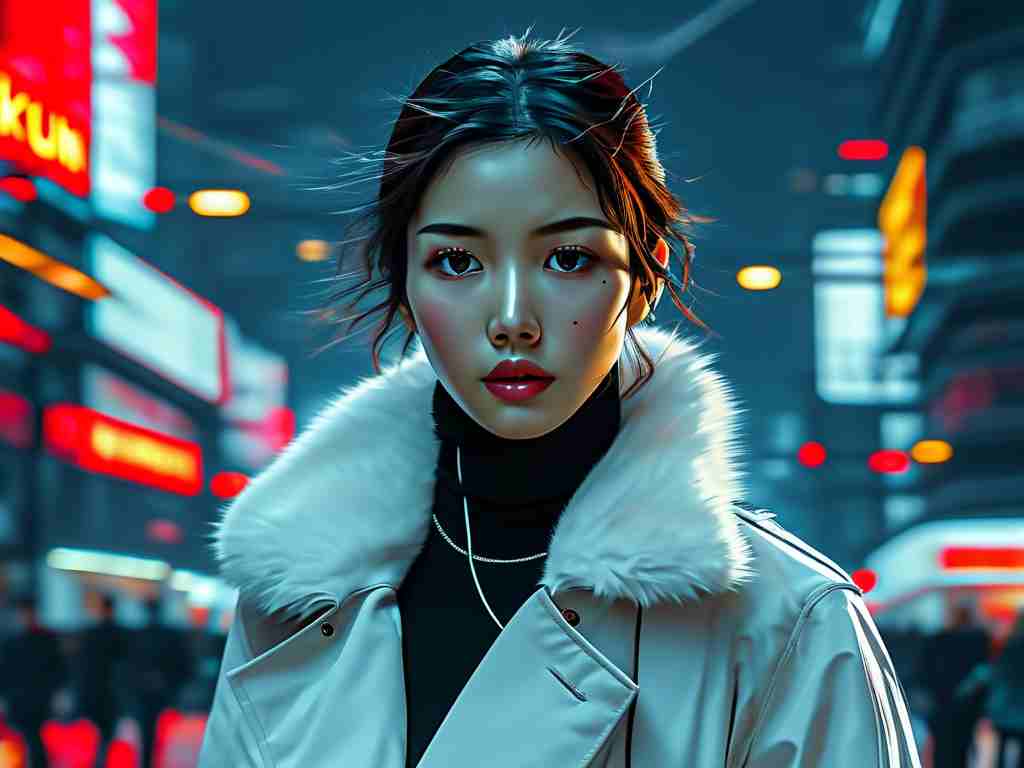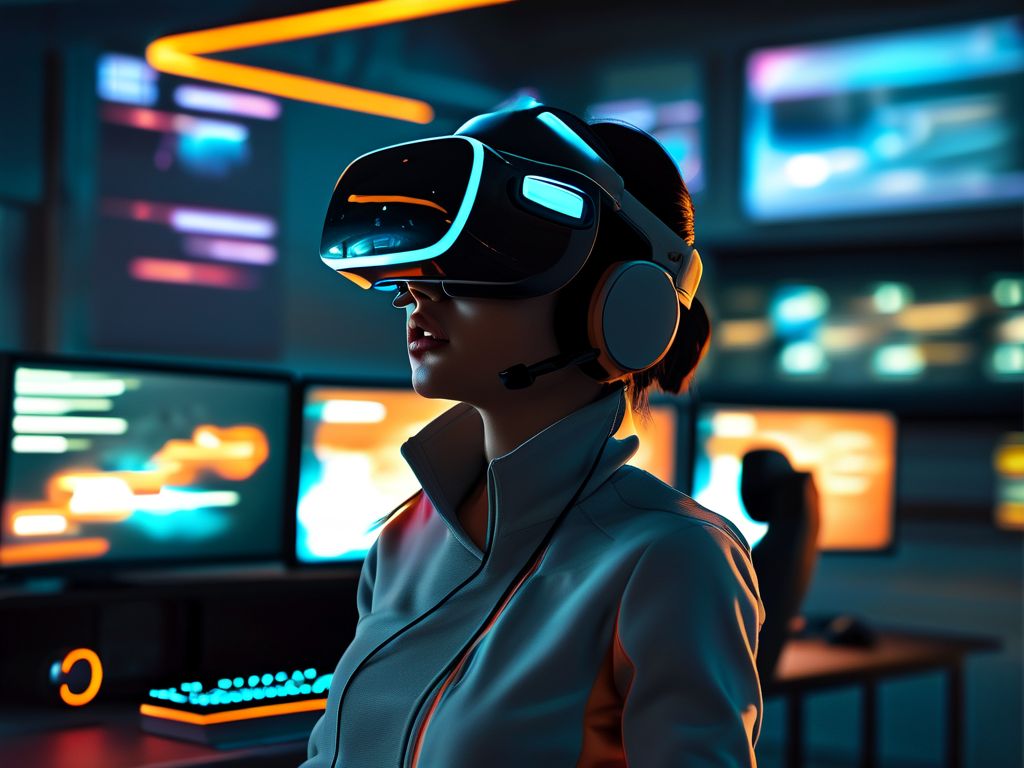In the ever-evolving landscape of digital design and photography, Adobe Photoshop (PS) has long been the gold standard for creative professionals. Recently, the integration of neural network technology into Photoshop’s toolkit has sparked a paradigm shift in how images are analyzed, edited, and optimized. This article explores the transformative role of neural networks in Photoshop, focusing on their applications, technical foundations, and implications for the future of visual content creation.

The Emergence of Neural Networks in Photoshop
Neural networks, a subset of artificial intelligence (AI) inspired by the human brain’s structure, excel at pattern recognition and data processing. Adobe’s adoption of this technology—often branded as Adobe Sensei—has enabled Photoshop to perform tasks that were once labor-intensive or even impossible. From automatic object selection to intelligent photo restoration, neural networks are redefining the boundaries of image manipulation.
A key breakthrough is the Neural Filters suite, introduced in Photoshop 2021. These filters leverage pre-trained neural models to achieve effects like facial age manipulation, expression changes, and background harmonization. For instance, the Skin Smoothing filter analyzes facial features to apply realistic texture adjustments without manual masking—a task that previously required hours of meticulous work.
Technical Foundations: How PS Neural Networks Operate
Photoshop’s neural networks rely on convolutional neural networks (CNNs), a class of deep learning models optimized for visual data. These networks are trained on vast datasets of labeled images, enabling them to recognize patterns such as edges, textures, and objects. When a user applies a neural filter, Photoshop processes the image through multiple network layers:
- Feature Extraction: The input image is broken into hierarchical features (e.g., edges → shapes → objects).
- Contextual Analysis: The network identifies relationships between elements (e.g., a person’s pose relative to the background).
- Adaptive Adjustment: Parameters are fine-tuned based on user input or predefined artistic goals.
For example, the Select Subject tool uses a CNN to distinguish foreground objects from backgrounds in milliseconds. This capability is powered by models trained on millions of images, allowing the tool to generalize across diverse scenes and lighting conditions.
Applications Transforming Creative Workflows
-
Automated Object Manipulation:
Neural networks enable precise selections and edits. A photographer can isolate a bird in flight with a single click, while a graphic designer might remove unwanted elements from a cluttered scene seamlessly. Tools like Content-Aware Fill now use neural predictions to generate plausible replacements for deleted objects. -
Intelligent Photo Enhancement:
The Enhance Details feature uses neural upscaling to recover sharpness in low-resolution images. Similarly, Colorize leverages neural networks to add realistic color to black-and-white photos by inferring probable hues based on contextual clues. -
Ethical and Creative Challenges:
While neural tools democratize advanced editing, they also raise questions about authenticity. Deepfake-style modifications, such as altering facial expressions, could misuse these capabilities. Adobe addresses this by embedding metadata to track AI-generated changes, promoting transparency in digital content.
Limitations and Future Directions
Despite their prowess, Photoshop’s neural networks face challenges:
- Computational Demands: Real-time processing requires powerful hardware, limiting accessibility for casual users.
- Bias in Training Data: Models trained on non-diverse datasets may produce skewed results (e.g., inaccurate skin tone adjustments).
Looking ahead, Adobe is exploring federated learning, where neural models improve through decentralized user data without compromising privacy. Future updates may introduce real-time collaborative editing powered by neural networks or 3D scene reconstruction from 2D images.
The fusion of neural networks with Photoshop represents more than a technical upgrade—it reshapes how creators interact with visual media. By automating tedious tasks and unlocking new creative possibilities, these tools empower artists to focus on innovation rather than mechanics. As the technology matures, balancing automation with ethical responsibility will be crucial to maintaining trust in the digital artistry landscape.


